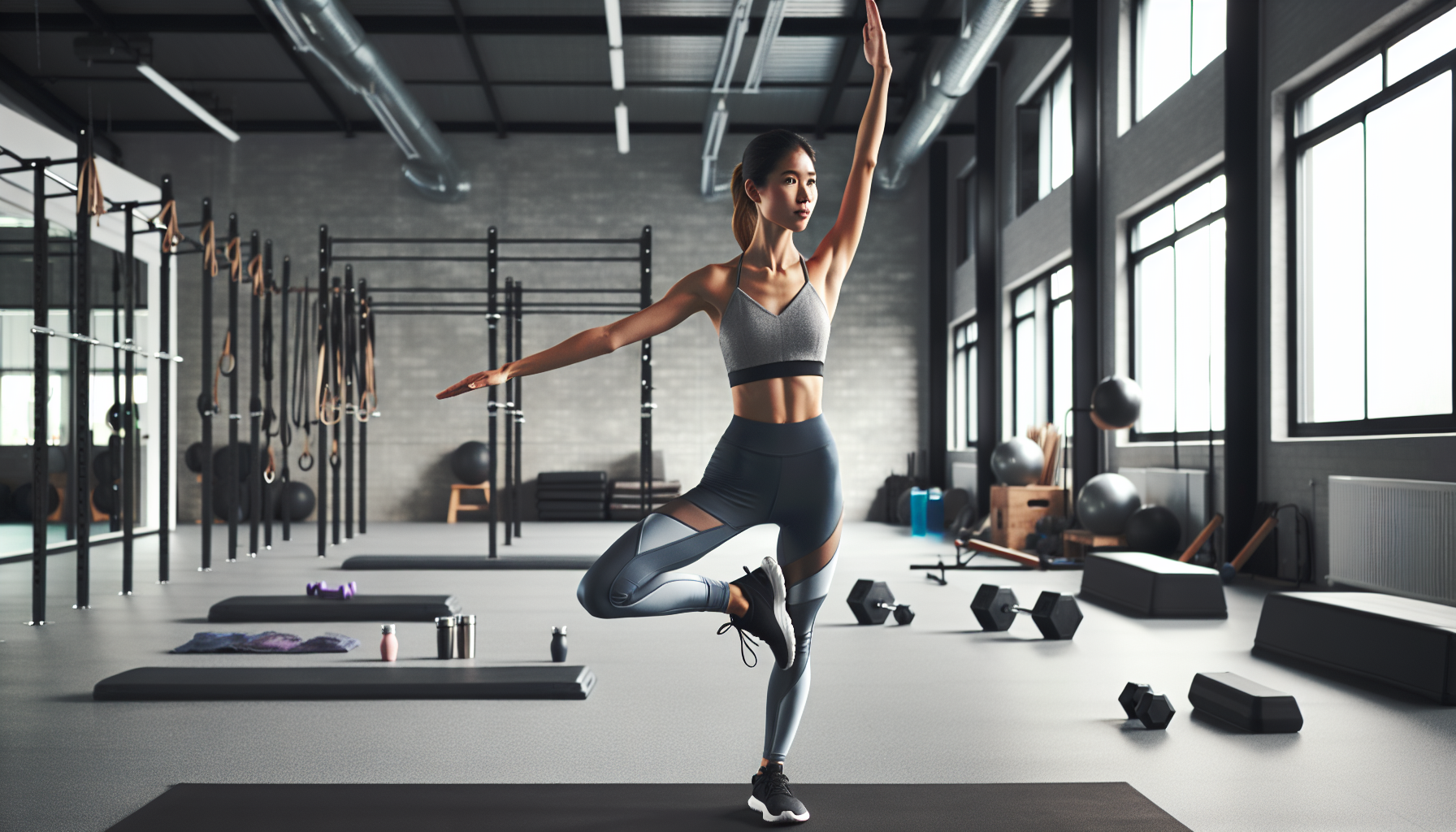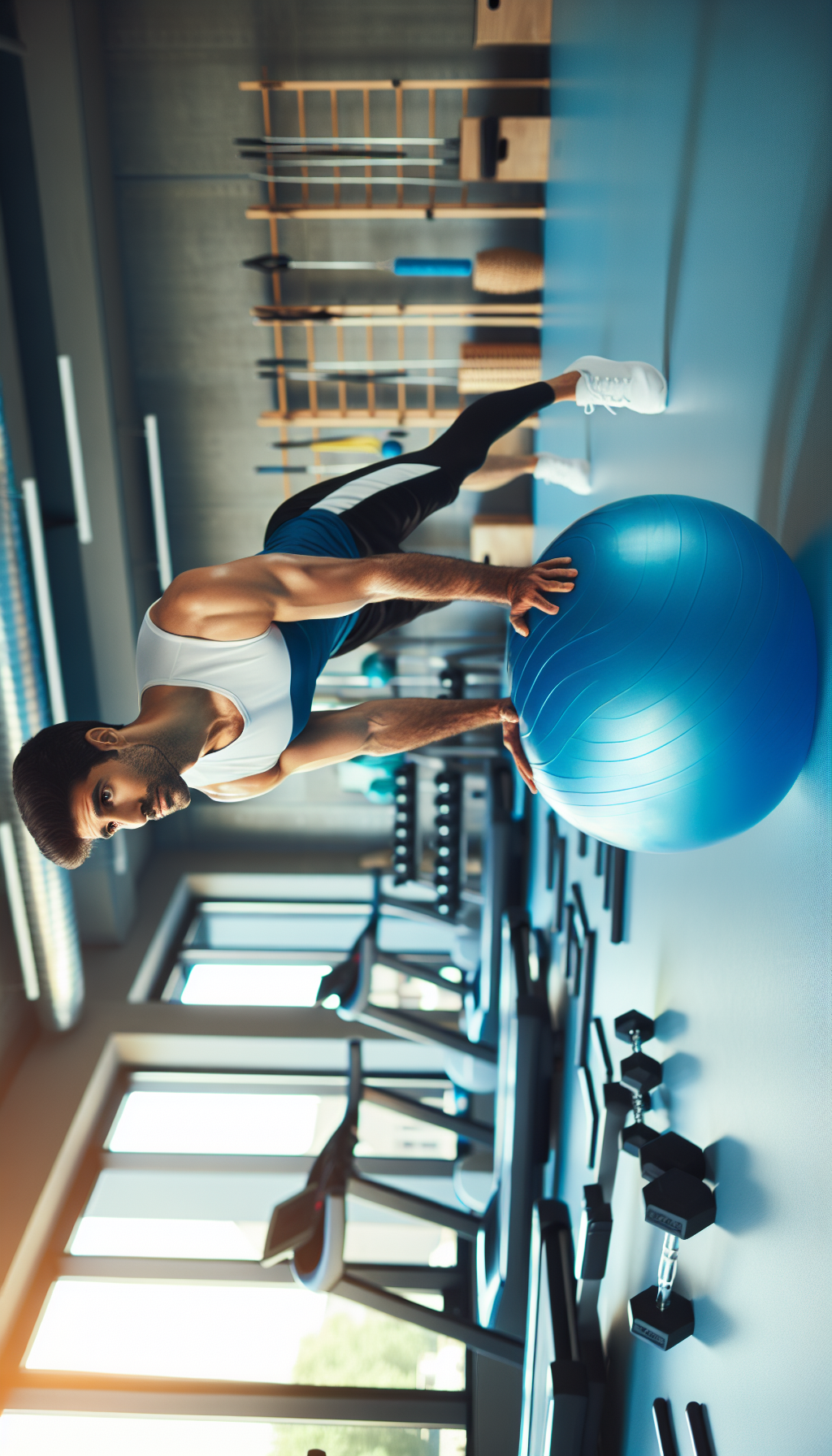Balance and stability are crucial components of physical fitness that affect our daily activities and overall quality of life. As we age, maintaining balance becomes even more important to prevent falls and injuries, enhance athletic performance, and support functional independence. In this comprehensive guide, we’ll explore a variety of exercises designed to strengthen the muscles that help keep you upright and improve your proprioception – your body’s ability to sense movement, action, and location.
Understanding Balance and Stability
Balance is the ability to maintain the body’s center of gravity within its base of support, whether static or dynamic. Stability, on the other hand, refers to the ability to control the body’s movements and return to equilibrium after a disturbance. Both elements are essential for everyday tasks such as walking, climbing stairs, and carrying items.
Improving balance and stability involves a multifaceted approach that includes strength training, flexibility, and proprioceptive exercises. It’s also closely tied to brain health, as the brain processes sensory information to help maintain balance.
Exercises for Balance and Stability
Single-Leg Stance
Start by standing on one foot, lifting the other leg slightly off the ground. Hold the position for 30 seconds to a minute, then switch legs. As you progress, you can increase the difficulty by closing your eyes or standing on an unstable surface like a cushion or balance pad.
Heel-to-Toe Walk
This exercise mimics the natural walking motion and challenges your balance. Place your heel directly in front of the toes of the opposite foot each time you take a step. Walk 20 steps forward and then back.
Tai Chi
Tai Chi is a martial art known for its slow, deliberate movements and is excellent for improving balance and stability. It enhances coordination and body awareness, making it a valuable practice for all ages.
Balance Board Exercises
Using a balance board or wobble board can make traditional exercises more challenging and beneficial for balance. Try simple activities like standing on the board or performing squats.
Strength Training
Incorporating strength training exercises that target the core, hips, and legs can also improve your stability. Examples include squats, lunges, and planks. For guidance on selecting appropriate resistance levels, consider reading about choosing the right resistance bands for strength training.
Yoga
Yoga poses, such as Tree Pose and Warrior III, require focus and stability, making them perfect for balance training. Yoga also increases flexibility, which is a key component of balance.
Pilates
Pilates exercises strengthen the core muscles, which are fundamental for good balance. Movements like the side plank and leg circles on the Pilates reformer can be particularly effective.
Functional Movements
Incorporate functional movements like stepping over objects or moving in different directions. These mimic everyday activities and can improve your ability to react to changes in your environment.
Stability Ball Exercises
Perform exercises on a stability ball to engage your core and stabilizer muscles further. Even sitting on a stability ball instead of a chair can help improve your posture and balance over time.
BOSU Ball Workouts
The BOSU ball offers an unstable surface on one side and a stable platform on the other, making it a versatile tool for balance training. Try performing exercises like squats or push-ups with the BOSU to challenge your stability.
Advanced Balance Training
Once you’ve mastered basic exercises, you can move on to more advanced techniques. Incorporate dynamic movements like hopping on one foot or using balance discs and foam rollers. Activities that involve catching or throwing a ball while maintaining balance can also be beneficial.
Safety Tips
Before beginning any new exercise program, especially if you have a medical condition or have been inactive, consult with a healthcare provider. Start with simple exercises and gradually increase the difficulty as your balance improves. Always perform exercises in a safe environment to prevent falls.
The Role of Nutrition and Hydration
Maintaining proper nutrition and hydration is also essential for balance and stability. Dehydration can affect your concentration and coordination, so be sure to drink plenty of fluids before and after your workouts. For more information on optimizing performance through nutrition, explore nutrient timing for optimal performance.
Additional Resources
For those interested in deepening their understanding of balance and stability training, here are some niche resources:
- The Role of Vestibular Function in Balance – An in-depth look at how the inner ear contributes to balance.
- Proprioceptive Training for Injury Prevention – A study on how proprioceptive exercises can prevent sports injuries.
- Effects of Tai Chi on Balance in Older Adults – Research on the benefits of Tai Chi for balance in the elderly population.
- Balance Training with Virtual Reality – Exploration of how technology can assist in balance exercises.
- Guidelines for Safe Balance Exercises – Official guidelines for preventing falls among older adults.
Conclusion
Balance and stability are foundational to our well-being and can be improved at any age through targeted exercises. By incorporating the activities mentioned above into your routine, you can enhance your ability to perform everyday tasks, reduce the risk of falls, and enjoy a more active lifestyle. Always remember that consistency is key, and with patience and practice, you will see significant improvements in your balance and stability.



